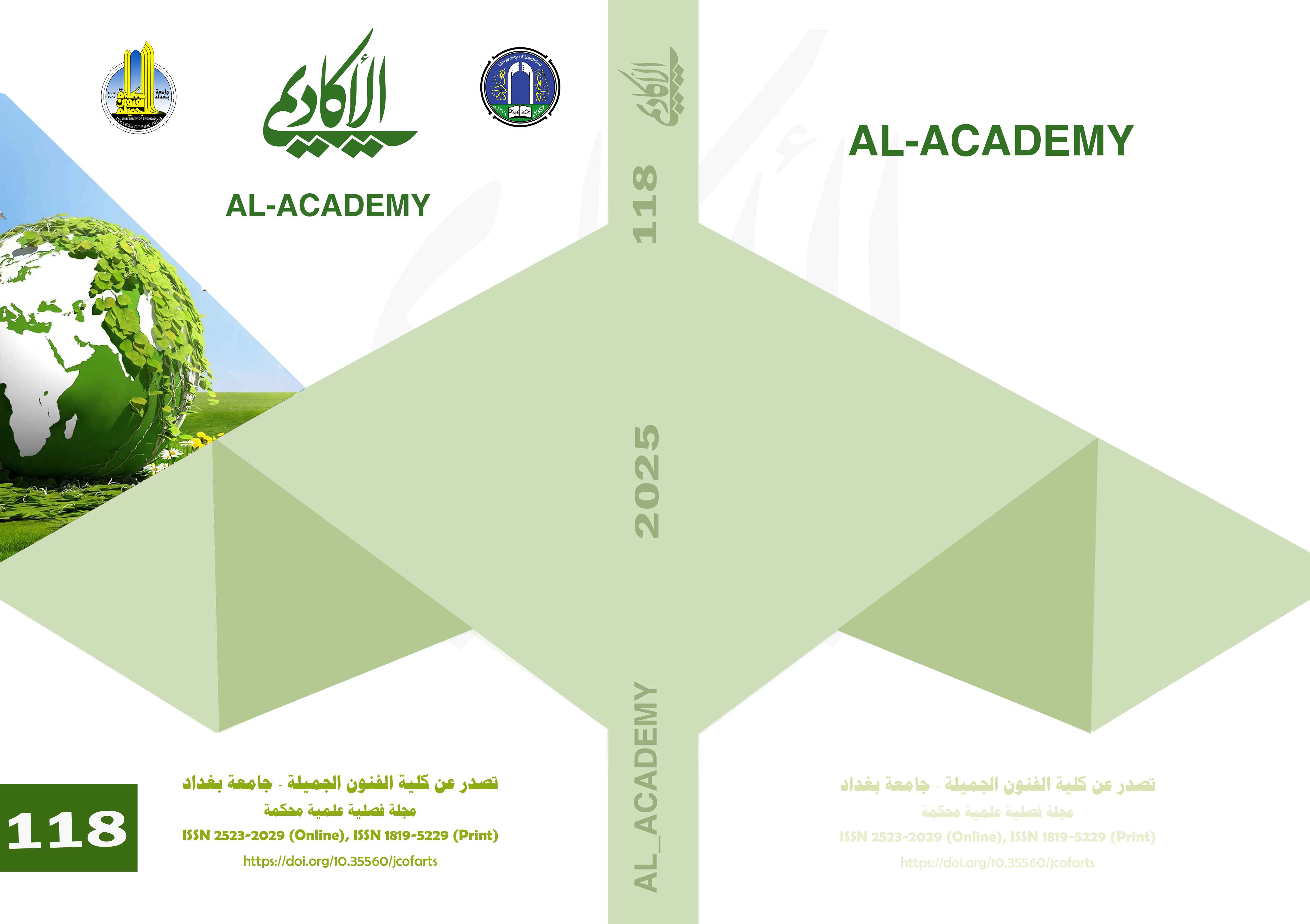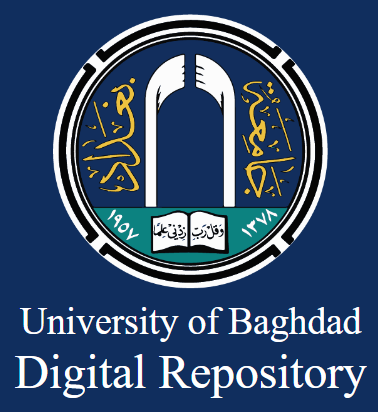The Future Identity of Industrial Products and Their Variables
DOI:
https://doi.org/10.35560/jcofarts1661Keywords:
Identity, Industrial Product, FuturismAbstract
The research addressed the concept of "the future identity of industrial products and its variables," which reflects their continuous evolution under the influence of cultural, technological, and environmental factors. This concept is rooted in the philosophy of becoming, linking the past, present, and future, with a focus on the role of nostalgia (longing for the past) in reshaping identity by merging heritage elements with modern innovations. The research problem was formulated through the following question: What are the variables of the future identity of industrial products? A descriptive methodology was adopted to analyze the sample, and the researcher concluded that the design preserved BMW’s iconic luxurious and sporty identity while adapting it to global market demands for electric vehicles, such as adopting sleek aerodynamic lines that reflect modernity. It also provided advanced customization options, such as mood-adjustable LED lighting and integrated entertainment systems tailored to individual user preferences..
Results: - that the design preserved BMW’s iconic luxurious and sporty identity while adapting it to global market demands for electric vehicles, such as adopting sleek aerodynamic lines that reflect modernity. It also provided advanced customization options, such as mood-adjustable LED lighting and integrated entertainment systems tailored to individual user preferences
References
ALkafawi,Abu ALwaqaa . (1995). the wholes. (D. A. Al-Masry, Ed.) 961.
Al-Naeem Mishari Abdullah. (2001). Transformations of Urban Identity: The Duality of Culture and History in Contemporary Gulf Architecture. The Arab future، the first، 104.
Awatif Abdul Rahman. (2004). Future studies (problems and prospects). (F. S. K, Ed.) 4.
Hans-Georg Gadamer. (2002). The beginning of philosophy. (Ali Ruler،) Beirut: United New Book Hous.
Jordan, P. W. (2002). The Personalities of Products, in Pleasure with Product. (W. S. Jordan, Ed.) 19-47.
Kotler, P., & Keller, K. L. (2023). Marketing Management. 16th ed.
Kremer, G. E. O., T. W. Simpson, et al. . (2013). An exploration of the effectiveness of product archeology in an undergraduate engineering curriculum. What can a five-hour curriculum do?" Advances in Engineering, 3-4.
Kuo, C. L., Yeh, H. C., Li, C. C., Tang, H.C., Wu, M.Y.: . (2009). Create a happy new life: Nostalgia service opportunities and practice. Industrial Economics & Knowledge.
Lin, R.T.: t, . (2005). Combination of Technology and Humanity-Cultural Creativity, Science development,. Dec.396, 68-75.
Marks Elias. (2001). Hegel. Beirut.
Matar, Princess Helmy. (2008). The philosophy of beauty, its flags and doctrines. Cairo: Dar Quba for Printing, Publishing and Distribution.
Mounir lamb. (2015). Finance and international trade. University of May، 15-16.
Mustafa Yassin Jalil. (2019). Morphological innovation in mainstream industrial product design. baghdad: Master's Thesis, Department of Design, Faculty of Fine Arts.
Sheikh of the Earth, Tayseer. (1994). Being, Becoming, and Acting: A Philosophical Introduction to the Epic of Existence, Civilization, and Destiny. Publications of the Arab Writers Union، 55.
Wright William Kelly. (2010). History of modern philosophy. (Mahmoud Ahmed،) Beirut: Al-Tanweer Printing and Publishing.
Yu-Shan Tseng. (1990). , Designing the Personalized Nostalgic Emotion Value of a Product Research. .669-676.














